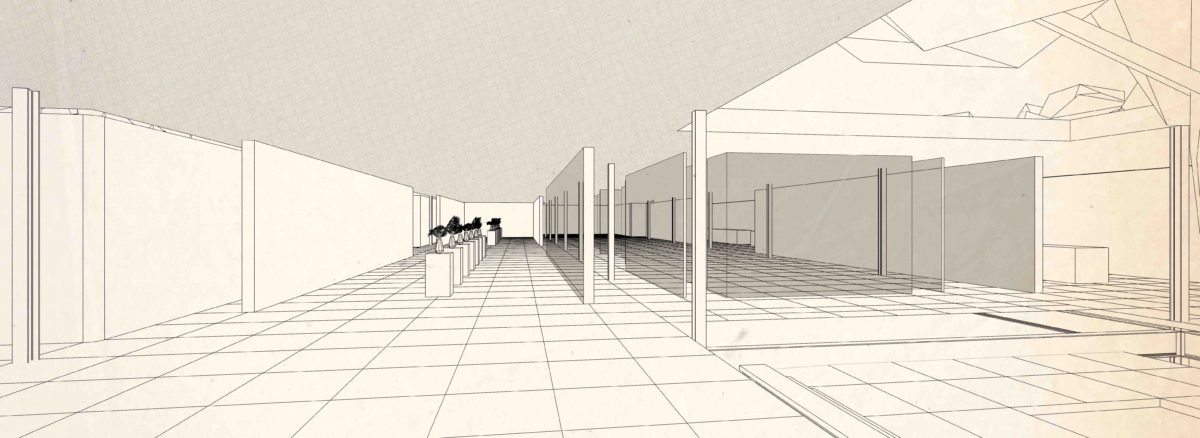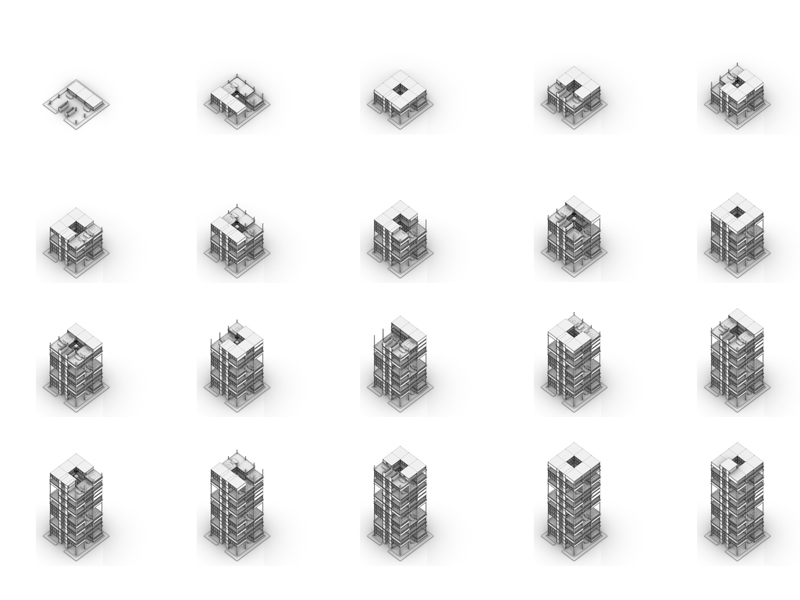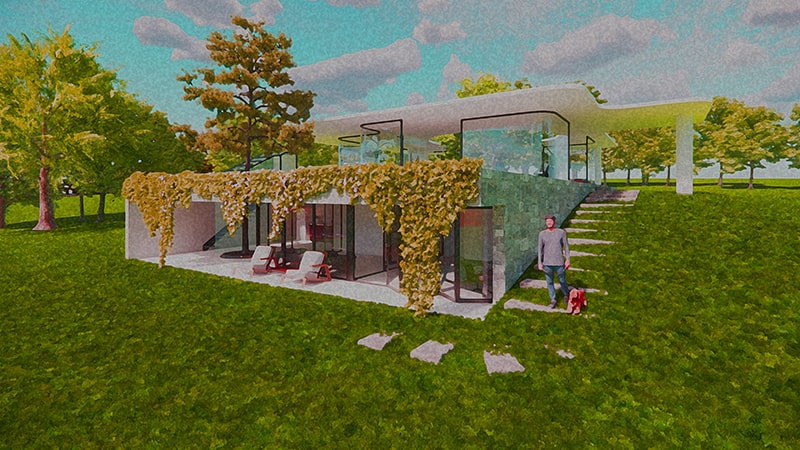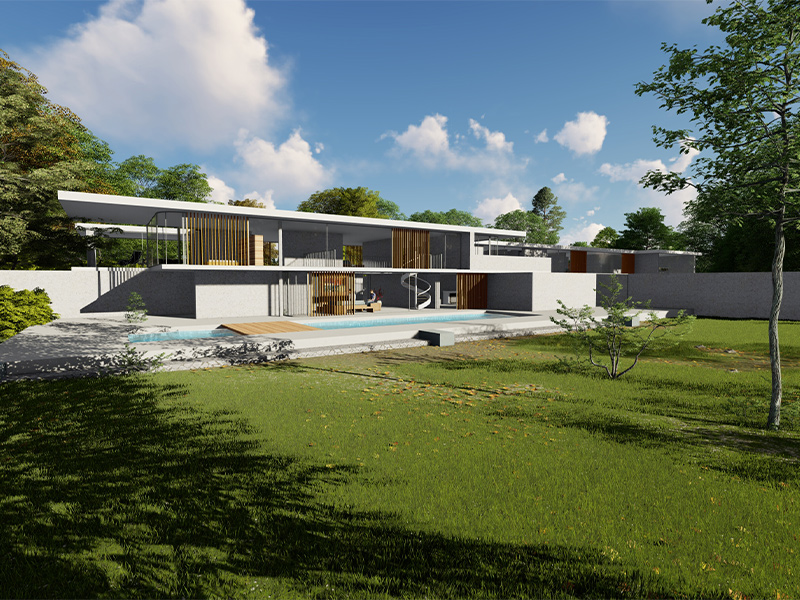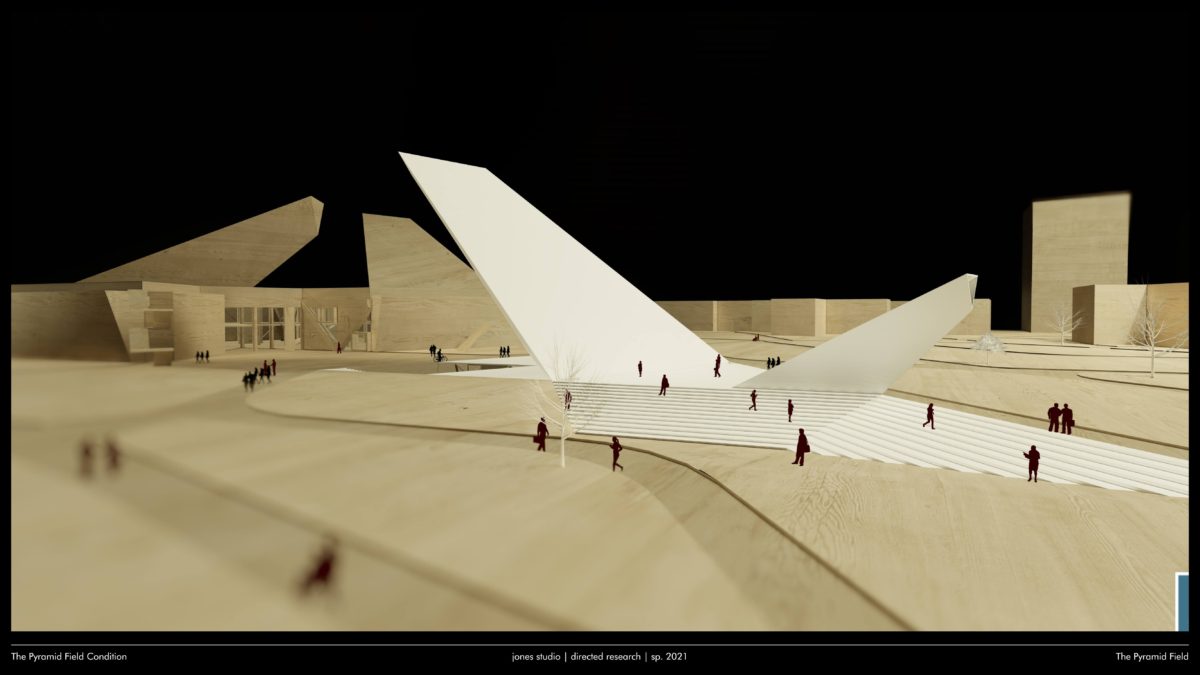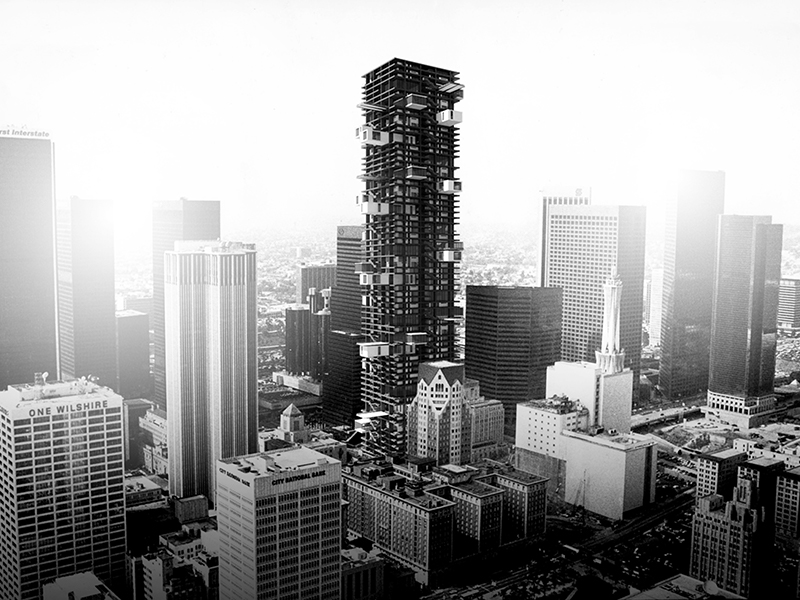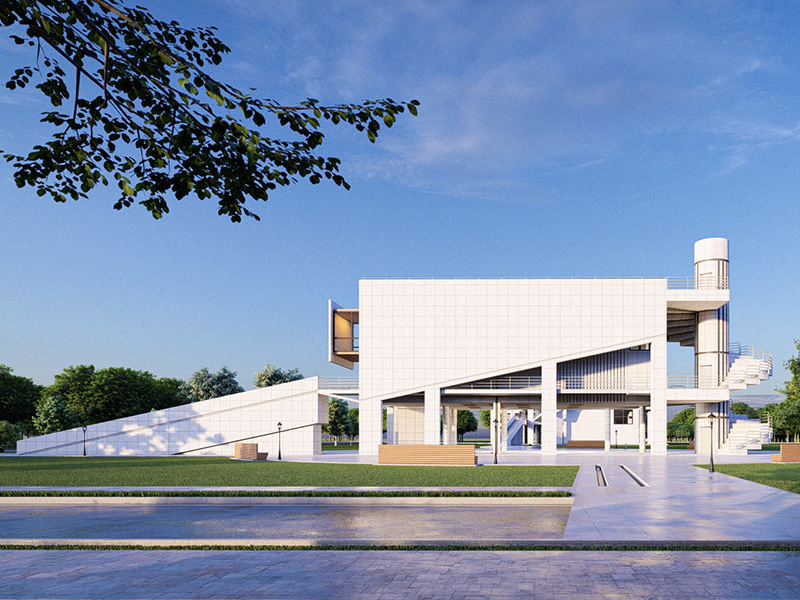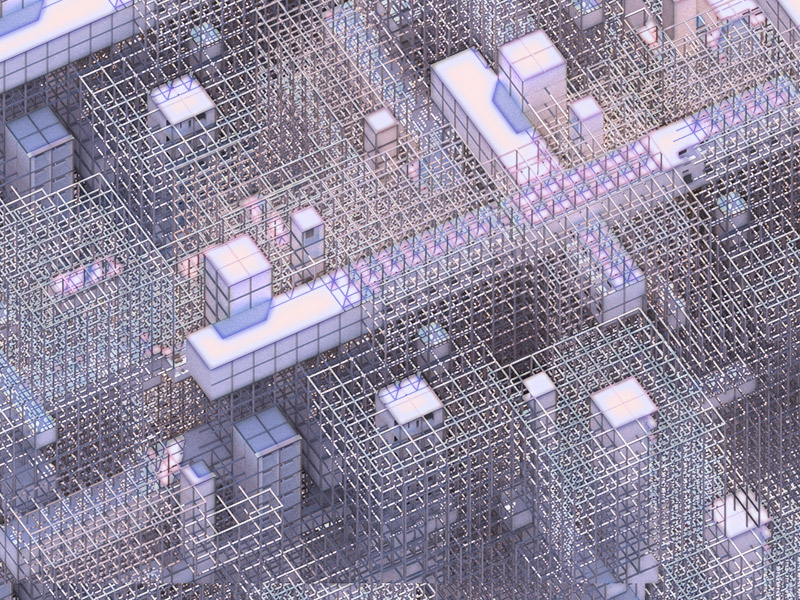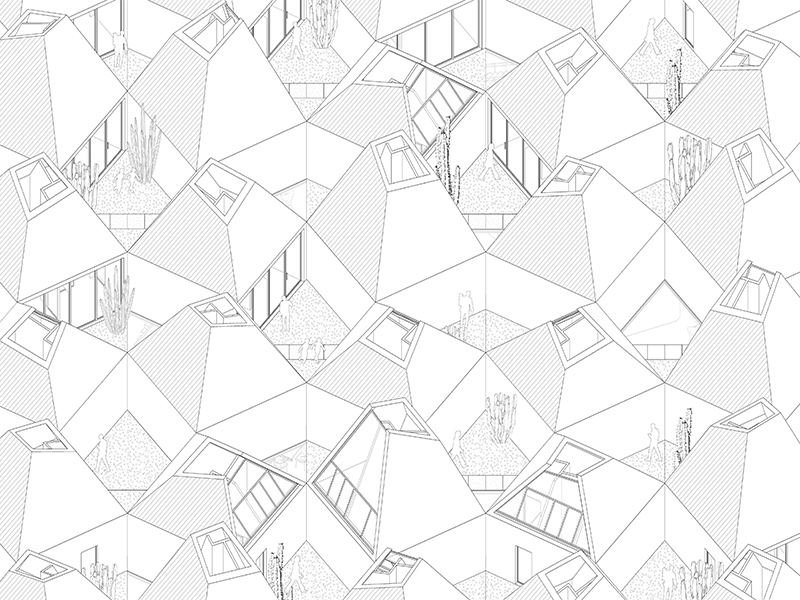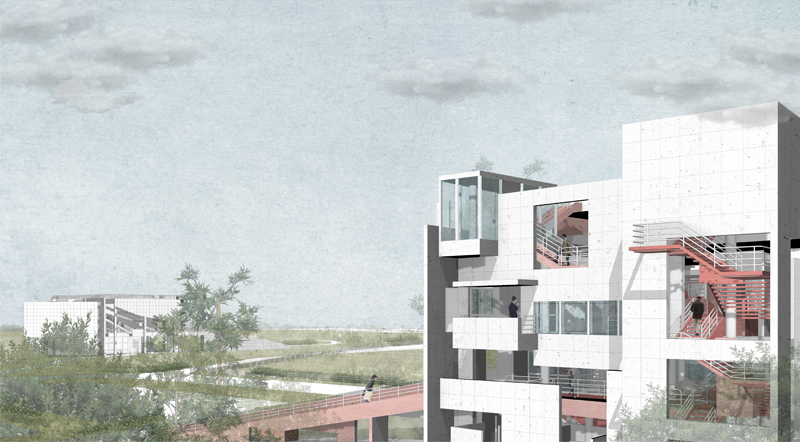Architecture is commonly designed with the aim of providing a fixed, ideal solution based upon the assumption of future situations being certain, invariable and at a particular moment in time. However, What happens if a building moves? Dynamic spatial constructions that can accommodate changing dynamics and become part of the change, providing different spatial changes and emotional experiences.
Movement is used as a tool that empowers and allows varying spatial characteristics to occur than a static version may permit. A morphing architecture provides users’ with new spatial experiences as well as improving and inspiring everyday lives. These dynamic and variable elements in the architecture transforms the perception and understanding of the architectural buildings from passive one into an active evolutive compositions.
In the terms of the perception, this creative realization of the architectural concepts enables users to experience architectural space in a more vibrant and more participatory fashion, transforming the classical and traditional perception of urban and architectural spaces
Along with the technological improvements in our age, it is now possible for the movement to become one of the basic components of the architectural space. Accordingly, architectural construction of movement changes both our architectural production practices and our understanding of architectural space.
I believe circulation and movement through building should not be a means to an end, but a dynamic experience holding and conveying meaning to be remembered. Also, I believe that buildings are not static; they live, breathe, wear just as humans do. For this reason, I will design architecture that responds to human phenomena, as well as its context and site conditions.
Therefore my thesis statement is utilize kinetic design strategies to improve the spatial and emotional experience, and facilitate the programmatic evolution of a space.
